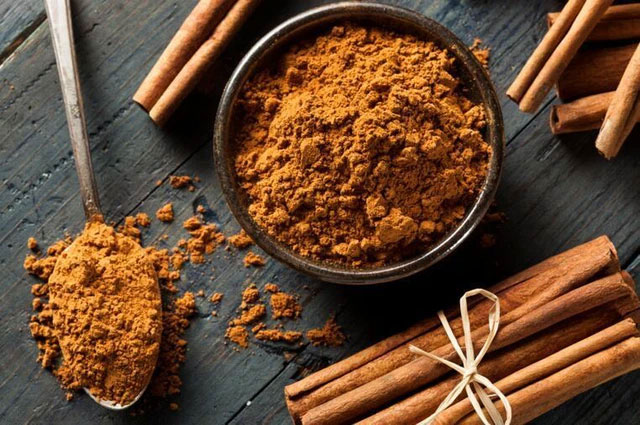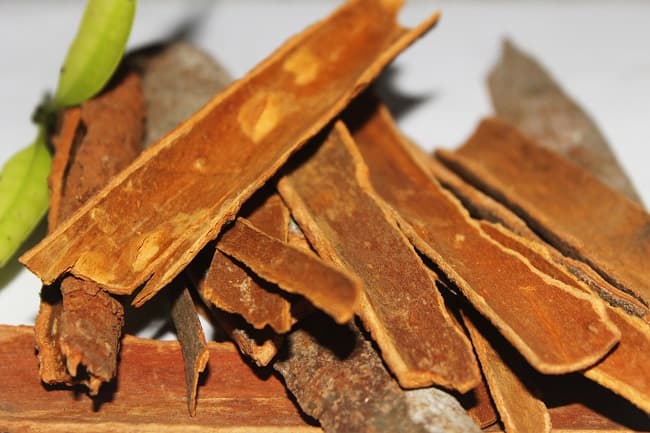As the world’s third largest cinnamon producer, for decades Vietnamese cinnamon has only been exported to China at low prices. As soon as the organic cinnamon chain was established with strict commitments from cultivation to quality, Vietnamese cinnamon quickly penetrated the US and EU markets…
VIETNAMESE CINNAMON IS GRADUALLY CONQUERING THE US MARKET
Vietnam is one of the few countries in the world with a very large cinnamon growing area, ranking third in cinnamon and second in anise according to the World Spice Association.
According to the General Department of Forestry, Vietnam has about 150,000 hectares of cinnamon growing area, accounting for 17% of the world’s cinnamon growing area. US, EU, Middle East, Japan, China, India… Especially in India, 80% of imported cinnamon is from Vietnam.
According to experts, cinnamon is not just a spice, it is also widely used in the food, pharmaceutical, and cosmetic industries to add to coffee, matcha, and other drinks. Especially today, the demand for cinnamon essential oil worldwide is very high and always at a level that is insufficient to meet demand.
The demand for cinnamon is increasing faster than the increase in global supply due to the continuous skyrocketing price of cinnamon. From 2016 to the present, it is confirmed to grow at least 4.6% annually, reaching a total of 15 billion USD. Especially for the cinnamon market, the average growth rate by 2025 is 14%/year.

OPPORTUNITY TO GET RICH FROM NATURAL PRODUCTS
According to the Food and Agriculture Organization of the United Nations (FAO), Vietnam is one of four countries that will account for 98% of the world’s cinnamon output by 2020.
Cinnamon is a native plant that is not native to most countries, including Vietnam and China. This resource makes Vietnam a potential supplier to the global spice and seasoning market. It is estimated to increase to 21.3 billion USD in 2021 and 27.4 billion USD in 2026 (according to Marketsandmarkets.com).
Currently, cinnamon is grown in South Asia (India, Bangladesh, etc.), Middle East (United Arab Emirates, Pakistan), East Asia (Japan, Taiwan – China, Korea), America and European countries. Union – EU. With the increasing demand for raw materials in the food, cosmetics, and pharmaceutical industries and the signing of many free trade agreements, cinnamon products have more motivation and development opportunities in Vietnam.

